What is Glioblastoma?
Glioblastoma is an aggressive cancer found in the brain or spinal cord. Glioblastoma forms from cells called astrocytes that support nerve cells.
Glioblastoma, also known as glioblastoma multiforme, is often impossible to cure. It tends to occur more often in seniors, and can cause seizures, headaches, nausea and vomiting. Thankfully, The Morrison Clinic™ posseses the specialized expertise to help treat glioblastoma while delivering your best quality of life.
Treatments available at our neurosurgeon clinic are known to slow progression of the cancer and reduce signs and symptoms.
Glioblastoma Symptoms
Glioblastoma symptoms vary, but can include:
- Persistent headaches
- Double or blurred vision
- Vomiting
- Loss of appetite
- Changes in mood and personality
- Changes in ability to think and learn
- New onset of seizures
- Speech difficulty of gradual onset
Learn more about care for your specific symptoms, and how they can be treated, here.
Glioblastoma Surgery in Florida
The Morrison Clinic™ performs specialized glioblastoma surgery in Florida. It is particulary applicable to patients with a stage 4 glioma — the most aggressive — and is intended to remove as much of the tumor as possible.
However, since the glioma grows into the normal brain tissue, complete removal is often not possible. For this reason, many of our patients receive additional treatments after surgery to target the remaining cells.
The condition is often very challenging to treat, although many of our approaches slow progression of the cancer and reduce its symptoms to enhance your quality of life.
Additonal, non-surgical treatment options available at our South Florida neurosurgeon‘s office can be found below.
Glioblastoma Treatment in Florida: Non-Surgical Options
While surgery on brain tumors is not uncommon and may be necessary in your case, there are other Gliblastoma treatment options available at our Florida neurosurgery clinic — some of which may also be recommended by Dr. Morrison following surgery.
Radiation
The majority of patients need what is commonly referred to as radiation — otherwise known as radiotherapy. A recent study named “Stupp trial” showed a benefit for chemotherapy using temozolomide in patients with glioblastoma multiforme.
In the study, the median survival of patients who received temozolomide in addition to radiotherapy was increased by 2.5 months and two-year survival by 16 percent.
Chemotherapy
Chemotherapy as a glioblaatoma treatment is dependent upon your individual ability to tolerate it, along with the status of the tumor itself.
For grade 1 gliomas no chemotherapy is currently indicated.
For grade 2 gliomas, the role of chemotherapy is limited.
For grade 3 gliomas, options for treatment include either initial radiotherapy followed by chemotherapy.
For grade 4 gliomas (glioblastoma multiforme), our neurosurgeon clinic makes a case-by-case decision about addiitonal chemotherpary following surgical resection of the tumor, where appropriate.
These other types of chemotherapy as glioblastoma treatments — administered through a vein in your arm — may be recommended if the tumor recurs.
- Tumor treating fields (TTF) therapy: TTF uses an electrical field to disrupt the tumor cells’ ability to multiply. It is combined with chemotherapy and may be recommended after radiation
- Targeted drug therapy: Targeted drugs focus on specific abnormalities in cancer cells that allow them to grow and thrive. The drugs kills the cancer cells by attacking those abnormalities
- Bevacizumab (Avastin): This targets the specific signals that glioblastoma cells send to the body. Bevacizumab is an option for recurring or non-responsive glioblastoma.
Supportive (palliative) care: Palliative care specializes in delivering relief from pain of a serious illness like glioblastoma — especially when it has reached grade 4. Palliative care specialists work with you and your doctors to provide an extra layer of medical attention in addition to your ongoing care. Palliative care can be administered alongside other aggressive glioma treatments, such as surgery, chemotherapy or radiation therapy.
Glioblastoma Prognosis
While glioblastoma causes can vary widely, and there is sadly not a cure, there are glioblastoma treatments. These treatments ease symptoms and comfortably prolong your life. Most people live on average 12 to 18 months after diagnosis. Roughly 7% of people are still alive in five years.
Clinical trial therapies that target specific cancer cell genes nonetheless show promise, and researchers are actively working on how to deliver chemotherapy directly to the tumor.
Immediately following surgery, I was standing and walking pain free. I am enjoying my life again and have Dr. Morrison to thank!

